-
 Published: Apr 20, 2023
Published: Apr 20, 2023
-
 10 min. read
10 min. read
-
 Sina Mchunu
Sina Mchunu Research & Tech Content Writer
Research & Tech Content Writer
- Sina is a marketing expert who specializes in SEO, AI, and digital marketing content. With over five years of experience, she’s written hundreds of pieces, spanning a variety of topics and industry niches. She loves combining her strong eye for detail and passion for storytelling in her work. You’ll find her fruit picking or horse riding at the local farm when she’s not writing.
SEO taxonomy refers to the process of organizing and categorizing pages and links on a website in a way that helps search engines understand the relationships between pages. It involves creating a hierarchical structure of categories and subcategories that help search engines index and rank web pages accurately.
For example, a large ecommerce website selling gadgets can use SEO taxonomy to organize products by category (e.g., electronics), subcategory (e.g., computers, smartphones, TVs), and even brand or color. Doing so makes it easier for search engines to crawl and index the site and for users to navigate and find what they are looking for.
So, how do you implement SEO taxonomy for your business? This post will cover the basics of SEO taxonomy and how to optimize your taxonomy for SEO. Here’s a summary of what we’ll discuss:
- What is SEO taxonomy?
- Why is SEO taxonomy important for your business?
- Taxonomies vs. URL structure
- 3 primary types of taxonomies
- How to optimize your taxonomy for SEO
Don’t miss our Marketing Manager Insider emails!
Join 200,000 smart marketers and get the month’s hottest marketing news and insights delivered straight to your inbox!
Enter your email below:
Inline Subscription Form – CTA 72
“*” indicates required fields
(Don’t worry, we’ll never share your information!)

What is SEO taxonomy?
SEO taxonomy is the process of organizing and categorizing links on a website to improve search engine visibility. It involves grouping similar pages and content, creating a hierarchy of links, and using descriptive anchor text to aid search engine crawlers in interpreting website content.
Why is SEO taxonomy important for your business?
SEO taxonomy is essential for your business because it helps to organize and structure your website’s content in a way that search engines can easily understand and index, resulting in higher visibility and better rankings.
By using clear and consistent categorization of products or services, SEO taxonomy can improve the user experience for customers navigating your website, increasing engagement and conversions.
Additionally, having a well-organized taxonomy can help with internal linking and content creation strategies, making it easier to identify gaps in your website’s content and prioritize areas for improvement.
Taxonomies vs. URL structure
While taxonomies and URL structure help organize website content, they serve different purposes. Taxonomies categorize and group similar content, while URL structure creates a hierarchy and indicates the relationship between pages.
For example, you can use a taxonomy to group all blog posts about cooking into a “cooking” category. At the same time, use the URL structure to indicate that a specific recipe post is a subpage of the main cooking category page. Using taxonomies and URL structure can improve website navigation and user experience.
This approach can lead to higher engagement and more time spent on the website, ultimately increasing the chances of conversions or achieving the website’s goals. It is essential to carefully plan and implement taxonomies and URL structures to ensure they align with the website’s overall strategy and goals.
Learn how we increased traffic by over 40%, and conversions by over 100% for an ecommerce client.
Read the Case Study

3 primary types of taxonomies
Taxonomies can be classified into different types based on their purpose and structure. Some common types include:
1. Hierarchical taxonomies
Hierarchical taxonomies organize content in a tree-like structure, where each level represents a category and its subcategories. They are commonly used in online libraries, e-commerce websites, and content management systems to help users navigate and find relevant information.
For example, a hierarchical taxonomy for a clothing website might have categories such as “men’s clothing” and “women’s clothing,” with subcategories like “shirts” and “pants” under each main category. This allows users to easily browse and filter products based on their specific needs and preferences.”

Hierarchical taxonomies can help with SEO by providing a clear structure for search engines to crawl and index the website’s content, improving the website’s visibility and ranking in search results. They can also aid in content organization and maintenance, making it easier for website administrators to add, remove, or update content as needed.
2. Faceted taxonomies
Faceted taxonomies are a classification system that allows users to navigate and filter information based on multiple attributes or facets. These taxonomies are commonly used in ecommerce websites, online libraries, and other information-rich platforms to improve searchability and the user experience.
For example, a faceted taxonomy for a clothing website might include facets such as size, color, material, and style, allowing users to easily narrow their search results to find exactly what they are looking for.
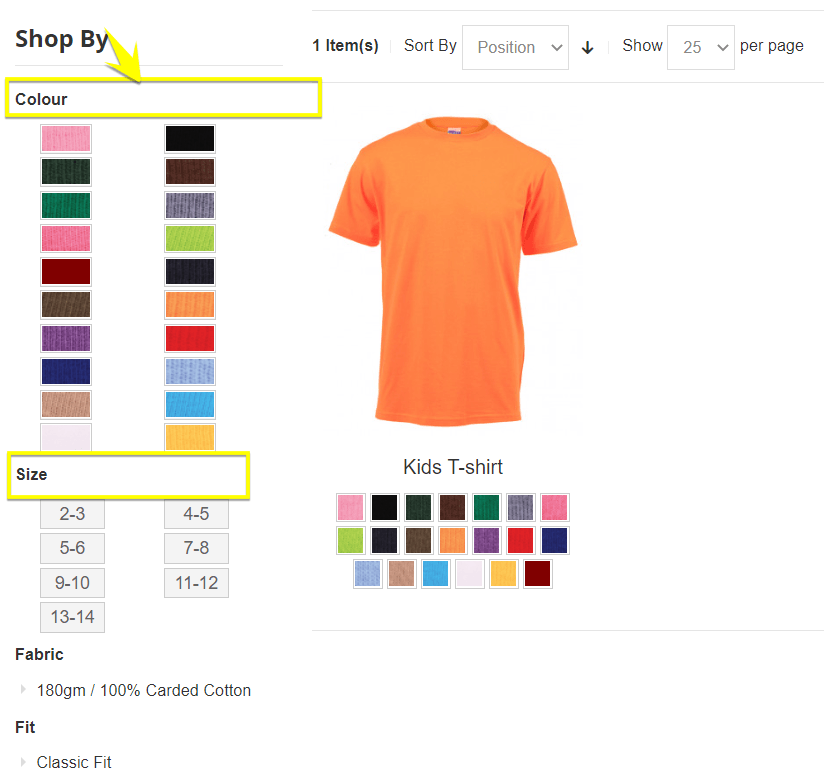
Faceted taxonomies can organize and display complex data sets in a way that is easy to understand and analyze, making them useful for research and data visualization purposes. They can also be customized and adapted to match the demands of diverse industries and applications.
3. Network taxonomies
Network taxonomies are hierarchical classifications that group network components and devices based on their characteristics and functions. They provide a structured approach to network design, management, and troubleshooting.
For example, a network taxonomy may categorize devices as core, distribution, or access switches based on their location and role in the network, allowing for more efficient management and maintenance.
Furthermore, network taxonomies can also help identify potential security risks and vulnerabilities by grouping devices with similar security requirements and implementing appropriate measures to protect them. This can improve overall network security and reduce the risk of cyber attacks.
How to optimize your taxonomy for SEO
- Conduct thorough keyword research
- Organize your website’s content into categories and subcategories
- Incorporate target keywords into your categories and subcategories’ metadata
- Add internal and external links within your taxonomies
- Track your taxonomies traffic and search engine ranking
1. Conduct thorough keyword research
The first step to implementing SEO taxonomy is to undertake extensive keyword research to determine which keywords are relevant and receive a large volume of Internet traffic. You can use tools like KeywordsFX to identify keywords your target audience is searching for.
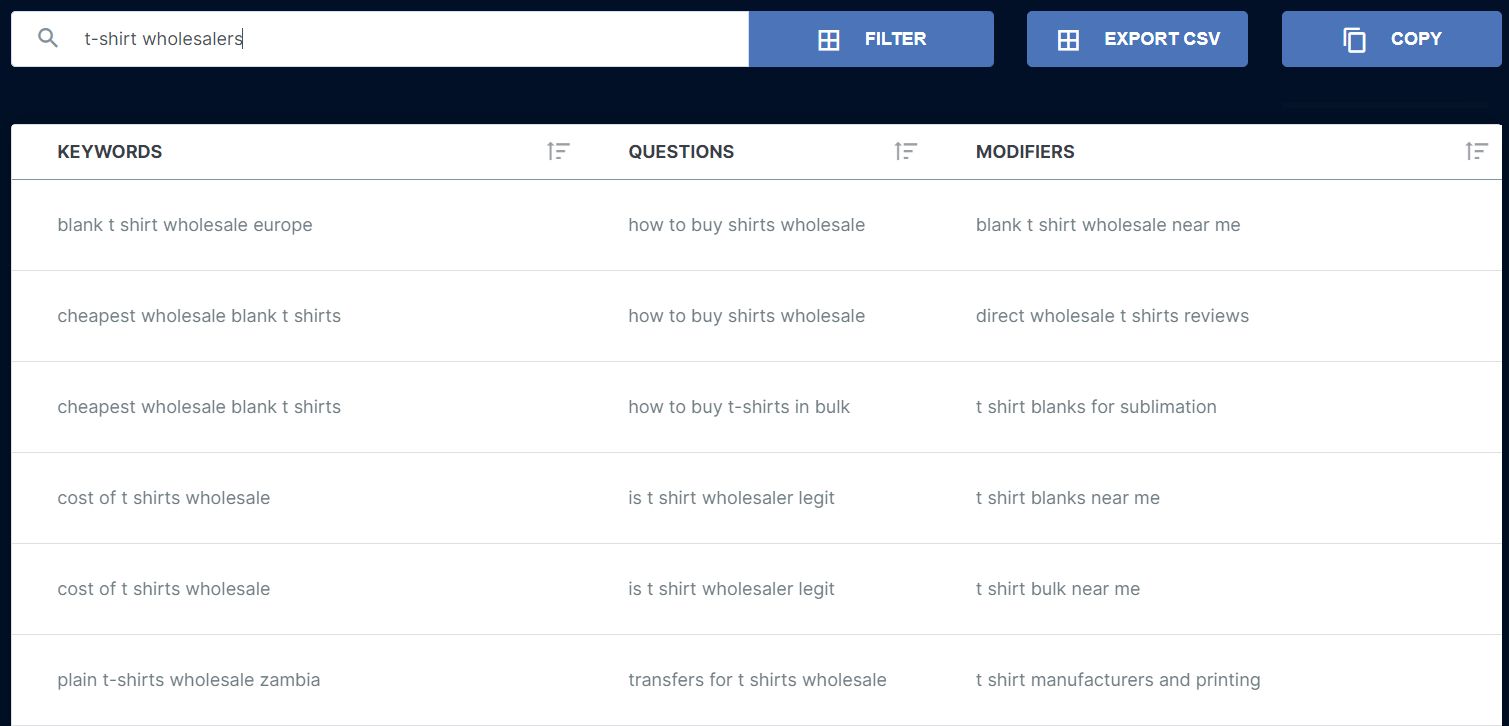
This step is crucial because it will inform the structure and organization of your taxonomy, allowing you to group related keywords and create a hierarchy that search engines can easily understand and crawl, improving search rankings and visibility.
2. Organize your website’s content into categories and subcategories
Once you have identified these keywords, you can organize your website’s content into categories and subcategories that align with these keywords, creating a clear and structured taxonomy optimized for SEO.
You can do this by creating a site map or navigation menu that reflects the hierarchy of your taxonomy, making it easy for users and search engines to navigate your site and find relevant content.
For example, if your website is about gardening, you can group related keywords like “gardening books,” into a separate category, helping search engines better interpret your site’s content and assign it a ranking.

By doing this, you can ensure that your website is easily navigable for both search engines and users, which can improve the user experience and ultimately drive more traffic to your site. A well-organized taxonomy can also help you identify gaps in your content and opportunities for new pages or blog posts.
3. Incorporate target keywords into your category and subcategory metadata
From there, you can incorporate your chosen keywords into your categories and subcategories’ metadata, such as the page titles, descriptions, and image alt tags, to further improve your SEO efforts and increase visibility to potential customers.
For example, if your keyword is “flower gardening,” you can create a category, “flower gardening tools,” and then create an SEO title tag “Flower Gardening Supplies and Tools – Buy Online at [Your Website Name]” and a meta description tag “Find everything you need for successful flower gardening at [Your Website Name]. Shop our selection of tools, supplies, and more today.”
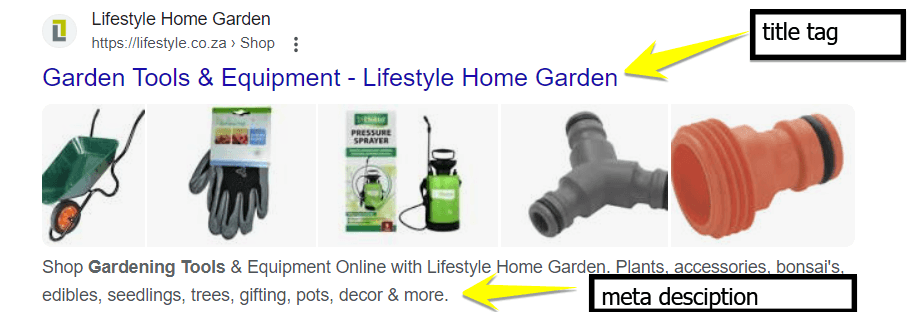
By using relevant keywords in your metadata, search engines can better understand the content of your website and display it to users searching for those specific terms. This can lead to higher click-through rates (CTRs) and, ultimately, more conversions for your business.
4. Add internal and external links within your taxonomies
Incorporate internal and external links within your categories and subcategories to help search engines understand the hierarchy and organization of your website, making it easier for them to crawl and index your pages.
For example, if your website is about gardening and one of the categories is “vegetable gardening,” you can link to your blog posts on companion planting or soil preparation within that category and to external resources such as gardening forums or seed suppliers.

Doing so will improve the user experience by providing relevant and helpful information and sending signals to search engines that your website is a valuable and authoritative source on the topic.
5. Track your taxonomies traffic and search engine ranking
Track your taxonomies traffic and search engine ranking using tools such as Google Analytics to monitor the performance of your taxonomies and identify areas for improvement.
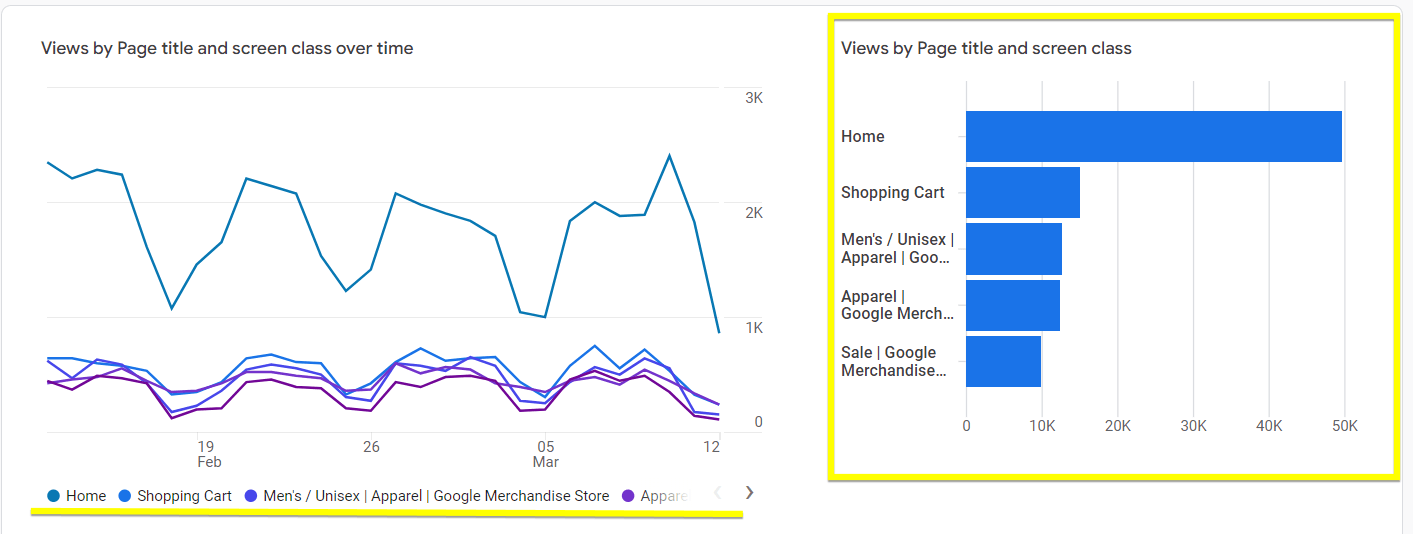
Regularly analyzing this data allows you to adjust and refine your keyword strategy for even better results and make informed decisions about optimizing your taxonomies for better traffic and search engine rankings.
For example, you may find that specific keywords are driving more traffic and conversions than others, allowing you to focus your efforts on those particular search terms and improve your overall SEO performance.
By tracking the search terms that users are using to find your content, you can identify gaps in your taxonomy and create new categories or tags to organize your content better and improve discoverability.
Additionally, keeping up with the latest trends and changes in search algorithms can help you stay ahead of the competition and maintain a solid online presence.
260%
increase in organic revenue
198%
increase in organic transactions
150%
increase in organic traffic
3872%
increase in sessions from SEO
Need help creating an SEO taxonomy to increase visibility in search results?
At WebFX, we have an award-winning team of experienced SEO professionals who can help you develop a comprehensive taxonomy that aligns with your business goals and improves your website’s visibility in search results.
We use a data-driven approach to identify relevant keywords and phrases and organize them into a logical structure that enhances the user experience and drives traffic to your site.
Plus, we provide ongoing support and optimization to ensure your taxonomy stays up-to-date and effective in the ever-changing world of SEO.
Contact us online or call 888-601-5359 to talk to a strategist about our SEO services and how we can help you achieve your SEO goals.
-
 Sina is a marketing expert who specializes in SEO, AI, and digital marketing content. With over five years of experience, she’s written hundreds of pieces, spanning a variety of topics and industry niches. She loves combining her strong eye for detail and passion for storytelling in her work. You’ll find her fruit picking or horse riding at the local farm when she’s not writing.
Sina is a marketing expert who specializes in SEO, AI, and digital marketing content. With over five years of experience, she’s written hundreds of pieces, spanning a variety of topics and industry niches. She loves combining her strong eye for detail and passion for storytelling in her work. You’ll find her fruit picking or horse riding at the local farm when she’s not writing. -

WebFX is a full-service marketing agency with 1,100+ client reviews and a 4.9-star rating on Clutch! Find out how our expert team and revenue-accelerating tech can drive results for you! Learn more
Try our free SEO Checker
Boost your site’s search performance with our free SEO Checker. Analyze your website for optimization tips on titles, headers, content, speed, and more. Get a free report now to enhance rankings on Google, Bing, Yahoo, and beyond!
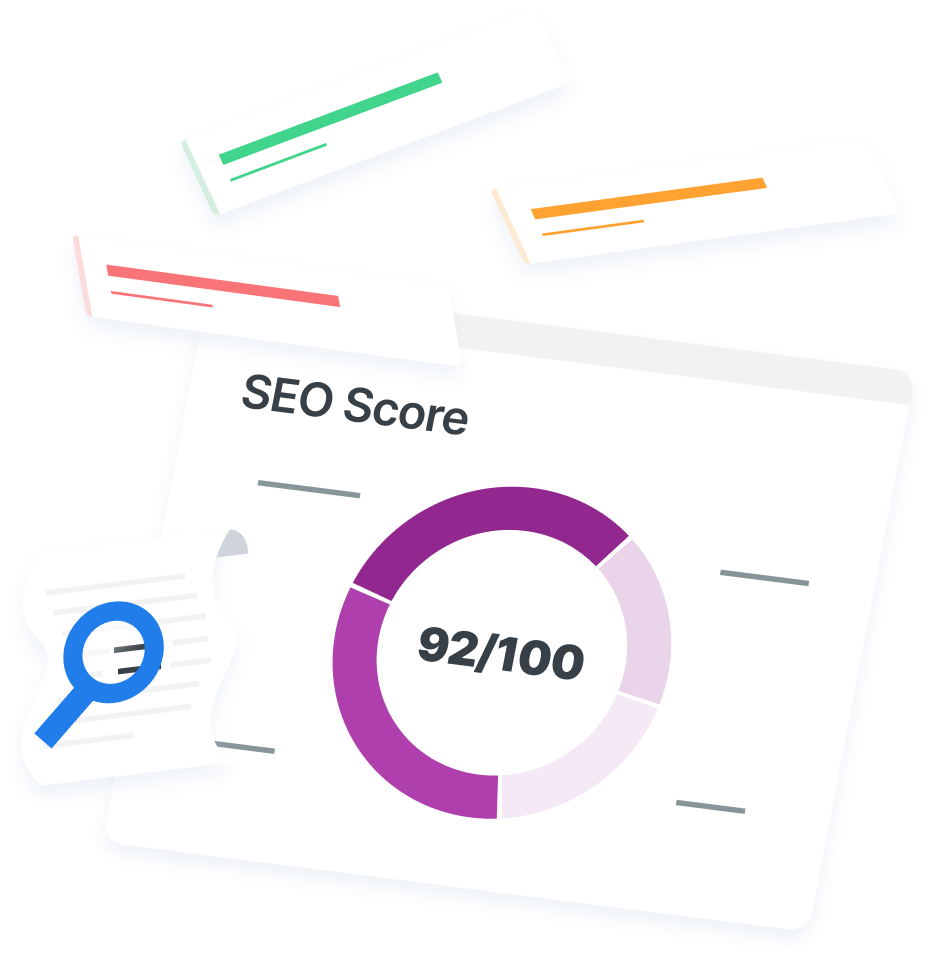
Table of Contents
- What is SEO Taxonomy?
- Why is SEO Taxonomy Important for Your Business?
- Taxonomies vs. URL Structure
- 3 Primary Types of Taxonomies
- 1. Hierarchical Taxonomies
- 2. Faceted Taxonomies
- 3. Network Taxonomies
- How to Optimize Your Taxonomy for SEO
- 1. Conduct Thorough Keyword Research
- 2. Organize Your Website’s Content into Categories and Subcategories
- 3. Incorporate Target Keywords into Your Category and Subcategory Metadata
- 4. Add Internal and External Links Within Your Taxonomies
- 5. Track Your Taxonomies Traffic and Search Engine Ranking
- Need Help Creating an SEO Taxonomy to Increase Visibility in Search Results?


How Is Your Website’s SEO?
Use our free tool to get your score calculated in under 60 seconds.
Try our free SEO Checker
Boost your site’s search performance with our free SEO Checker. Analyze your website for optimization tips on titles, headers, content, speed, and more. Get a free report now to enhance rankings on Google, Bing, Yahoo, and beyond!







